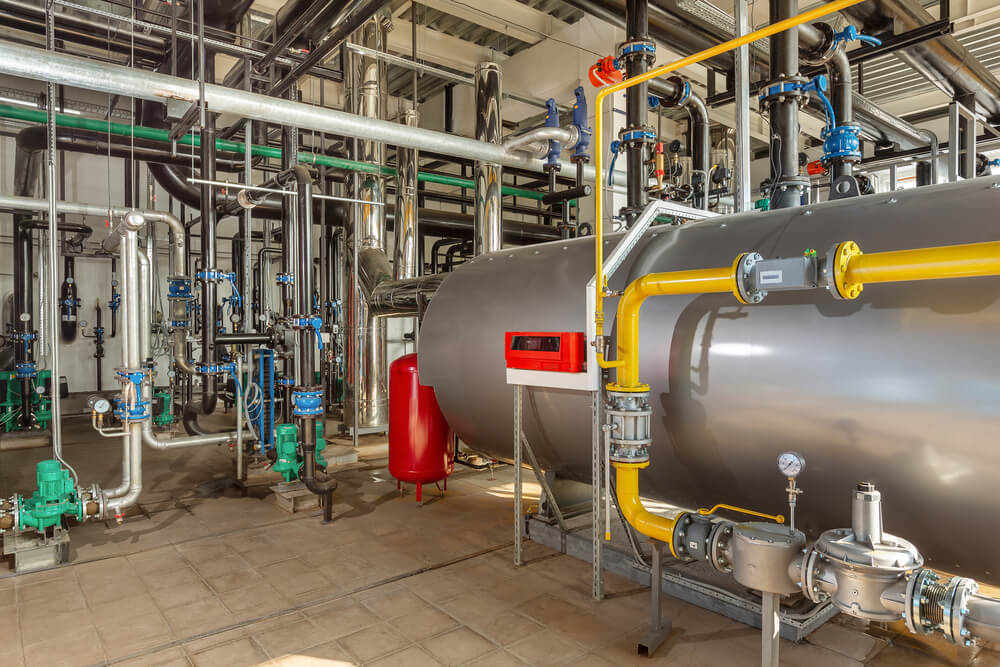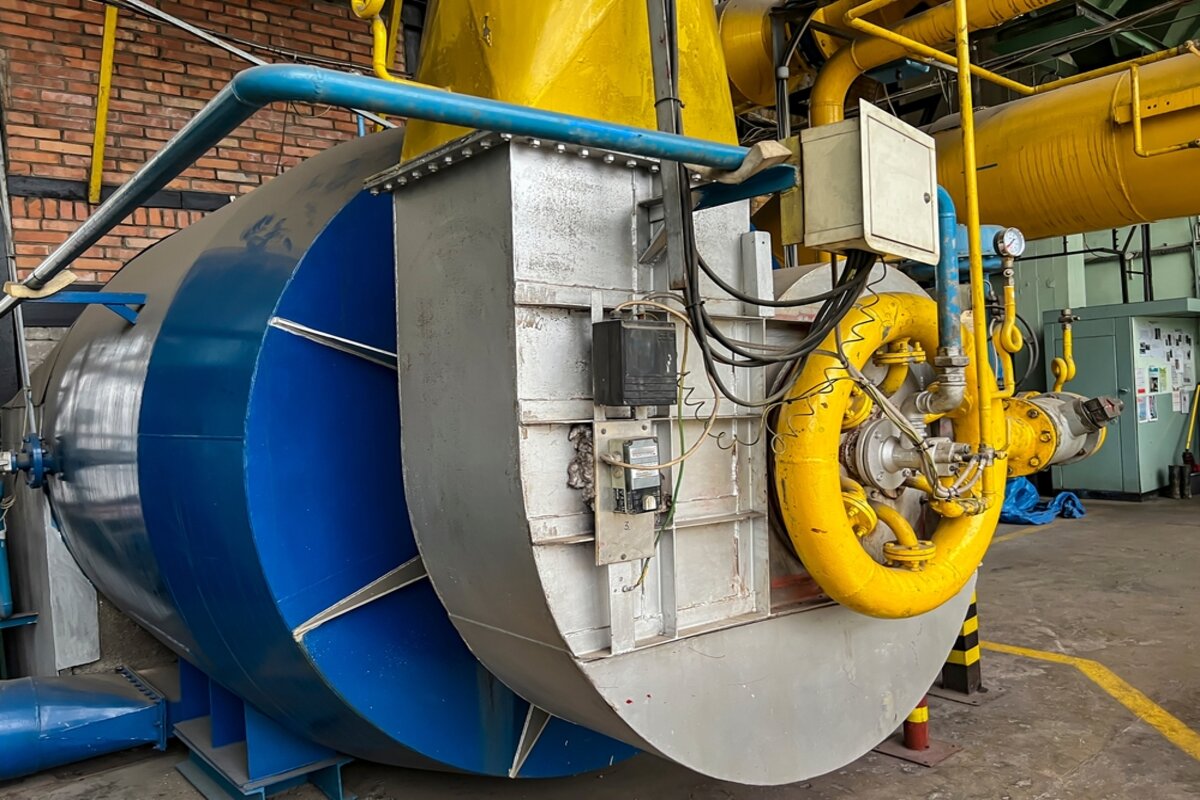Industrial burners play a crucial role in many facilities, providing heat and power for various processes. To ensure their safe and efficient operation, regular inspections are essential. But how often should an industrial burner be inspected?
In this comprehensive guide, we will explore the importance of burner inspections, discuss the recommended frequency for inspections, and highlight the key components that should be examined during each inspection.
Importance of Industrial Burner Inspections
Routine maintenance and inspections are vital for the smooth operation of industrial burners. Here are some reasons why regular inspections are crucial:
Safety
Safety is of utmost importance when dealing with industrial burners. Regular inspections help identify potential issues or malfunctions that could pose safety risks. By detecting and addressing problems early on, accidents, explosions, and injuries can be prevented.
Efficiency
Burner inspections also contribute to the efficiency of the system. Over time, burners can accumulate deposits, corrosion, and other issues that reduce their efficiency. Regular inspections allow for identifying and correcting these problems, ensuring optimal performance and energy savings.
Compliance
Many regulatory bodies and insurance companies require regular burner inspections to ensure compliance with safety standards. Failing to conduct inspections as mandated may result in penalties, legal issues, and the invalidation of insurance coverage.
Cost Savings
Early detection of issues through regular inspections can help prevent costly breakdowns and major repairs. By addressing minor problems promptly, you can avoid more extensive damage to the burner and its components, ultimately saving on repair and replacement costs.
Recommended Frequency for Industrial Burner Inspections
The frequency of industrial burner inspections can vary depending on factors such as the type of burner, its age, usage patterns, and applicable regulations. Generally, industrial burners should undergo annual inspections at a minimum. However, certain industries or specific regulations may require more frequent inspections. Annual Inspections For most industrial burners, an annual inspection is the minimum recommended frequency.
Annual inspections
provide an opportunity to assess the burner’s overall condition, identify potential issues, and perform necessary maintenance tasks. These inspections ensure compliance with safety standards and help maintain the burner’s efficiency and reliability.
Additional Inspections
Additional inspections may be necessary based on factors like fuel type, burner age, environmental conditions, and industry specifics. For instance, burners using biomass or waste fuels may need more frequent checks due to potential ash or soot buildup. Industries with strict safety regulations, like petrochemical or power plants, may require increased inspection frequency for compliance. Consult industry-specific regulations and guidelines to determine the suitable inspection frequency for your industrial burner.
Components to Inspect During Industrial Burner Inspections
 Several key components should be thoroughly examined during each burner inspection to ensure proper functioning and safety. Here are the primary components that should be included in a comprehensive industrial burner inspection:
Several key components should be thoroughly examined during each burner inspection to ensure proper functioning and safety. Here are the primary components that should be included in a comprehensive industrial burner inspection:
Pressure Vessel
The pressure vessel is a critical component of the burner, as it contains the water or steam under pressure. Inspections should involve checking for signs of corrosion, leaks, or structural weaknesses in the pressure vessel. Any signs of damage or degradation should be addressed promptly to prevent potential hazards.
Burner and Combustion System
The burner and combustion system are responsible for efficiently and safely burning the fuel inside the burner. The burner should be inspected for proper ignition, flame shape, and cleanliness during inspections. Any blockages, malfunctions, or abnormalities should be identified and rectified to ensure optimal combustion efficiency.
Heat Exchanger
The heat exchanger helps transfer heat from the combustion chamber to the water or steam. Inspections should focus on checking for signs of corrosion, scaling, or fouling on the heat exchanger surfaces. Accumulated deposits can reduce heat transfer efficiency and should be cleaned or removed as necessary.
Safety Devices and Controls
Industrial burners are equipped with various safety devices and controls to prevent accidents and ensure safe operation. These may include pressure relief valves, temperature and pressure gauges, low-water cutoff devices, and flame safeguards. Inspections should verify the proper functioning of these devices and controls to maintain safety standards.
Piping and Valves
Inspections should thoroughly examine the burner’s piping system and valves. Any signs of leaks, corrosion, or blockages should be identified and addressed. It is important to ensure that all valves are operating correctly and are not stuck or leaking.
Electrical Components
Burner inspections should also encompass a review of the electrical components, including wiring, connections, and control panels. Any loose connections, damaged wires, or faulty components should be repaired or replaced to maintain electrical safety and operational reliability.
Water Treatment System
If the burner utilizes water as a heating medium, the water treatment system should be inspected as well. Inspections should include checking the chemical levels, pH balance, and the condition of water treatment equipment such as water softeners or deaerators. Proper water treatment helps prevent scale formation, corrosion, and other water-related issues.
Emissions Control System
For burners that emit combustion gasses, inspections should include an assessment of the emissions control system. This may involve checking the efficiency of emission control devices, such as flue gas desulfurization systems or selective catalytic reduction systems. Compliance with emissions standards should be verified during inspections.
Elevating Industrial Burner Performance Through Regular Inspections
Regular industrial burner inspections are vital for safe and efficient industrial operation. Conduct routine checks at least annually, with additional as needed. Examine key components like pressure vessels, burners, heat exchangers, safety devices, and controls.
Prioritize inspections to enhance safety, efficiency, and extend the burner’s lifespan. Consult regulations and industry guidelines for the appropriate inspection frequency. For more information on industrial burners, contact Lindberg Process Equipment today.





